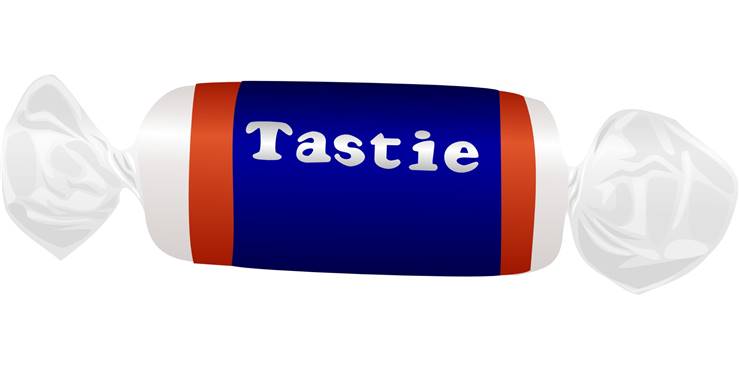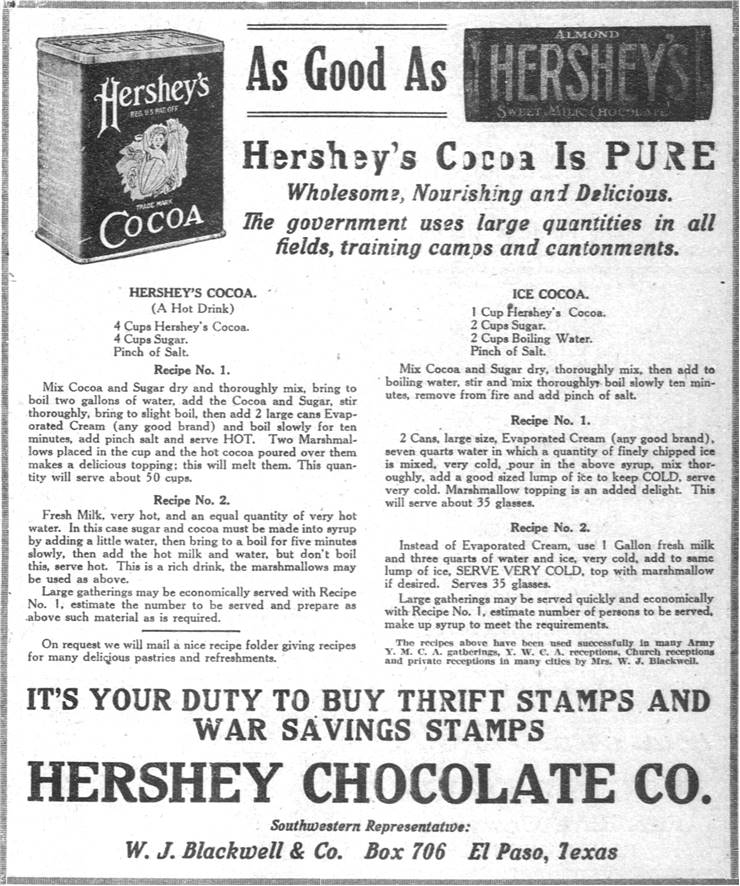Candy Wrappers History and Origins
Nobody knows when or where first candy wrapper came from, but we can safely assume the reasons which forced the candy makers to embrace wrappers as one of the most important parts of their product. As the recipes for creating many new candies begun emerging during European industrial revolution, sellers of candy quickly noticed that increased competition demands several improvements - a way to protect some of their ingredients from outside influences (heat, moisture), preserve the structure of the candy against biological threats that arise after prolonged life on shelves (microbes) and finally as a perfect way to market their product to prospective customers. Even more importantly, chocolate and candies were in the beginning very expensive, and much need was invested into enabling such products to remain edible for as much time as possible.
One of the defining moments in the history of candy wrappers was the introduction of "nickel bar" chocolate in 1890. This product created by Milton S. Hershey became instant success, as chocolate finally became available to everyone. By end of Second World War, Hershey's factory produced over 24 million bars o chocolate per week, and the craze for packaged candies gripped entire world. As the years went by since the appearance of "nickel bar", manufacturers produced more and more colorful wrappers whose biggest goal was the successful communication to the consumers. In modern times governments of many countries around the world regulate the laws regarding candy transportation, prevention about contamination, providing information about candy products, which are all connected to the candy wrappers.

Here are some of the most important uses of candy wrappers:
Protection - Many ingredients of candy (chocolate, gelatin, and others) are not suited for prolonged influence of heat, moisture and pressure. For that purpose, every candy has it own unique system for wrapping and protecting its ingredients.
Preservation - Airtight seals of wrappers are absolutely crucial from protecting the candy from harmful outside influences, such as microbes, contaminants and unwanted human tampering. This represents one of the best measures in prolonging the shelf life of candy products.
Marketing - Outside layer of candy packaging is not only useful for informing the customers about the contest, ingredients, dietary information of particular candy, bar is very powerful marketing and advertising tool that attracts the users in many innovative ways.
